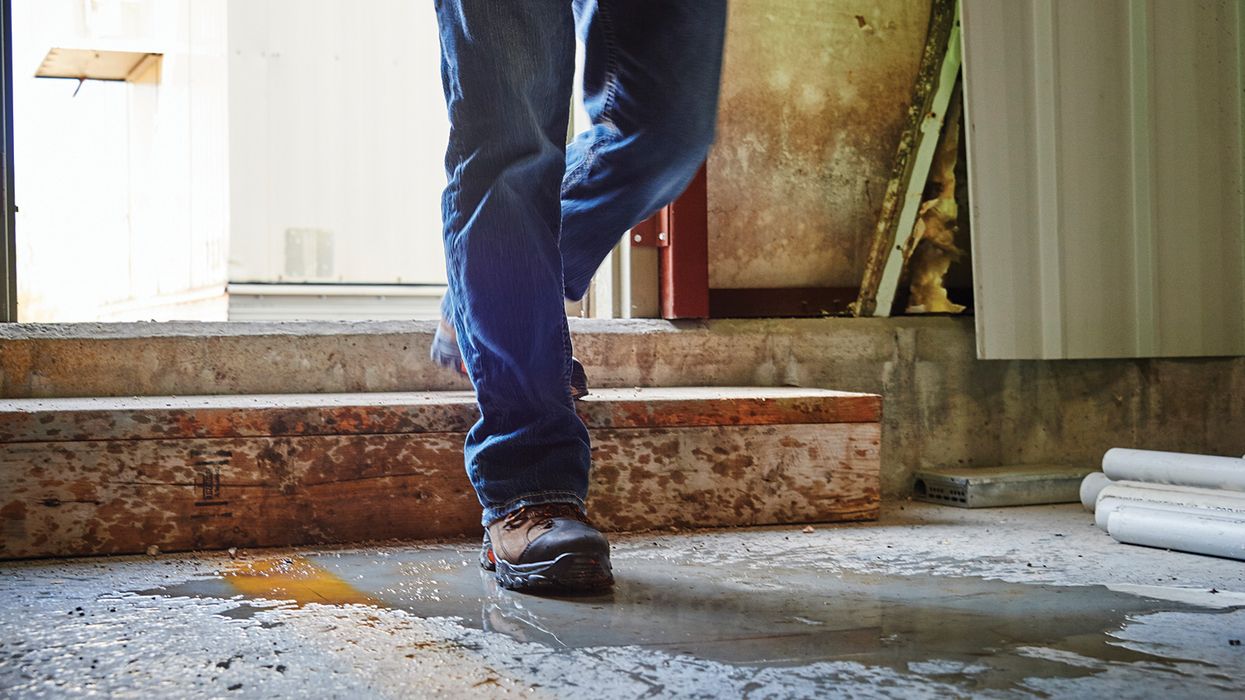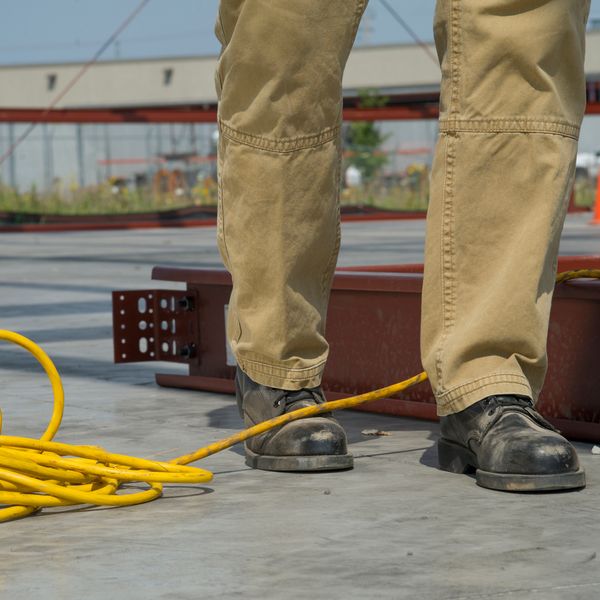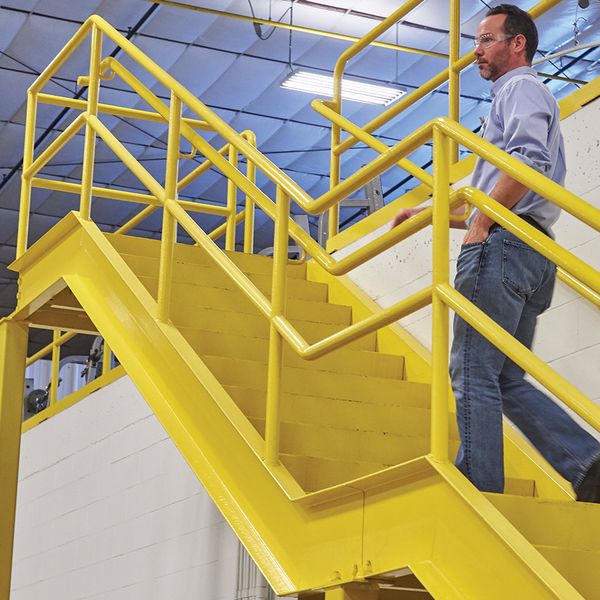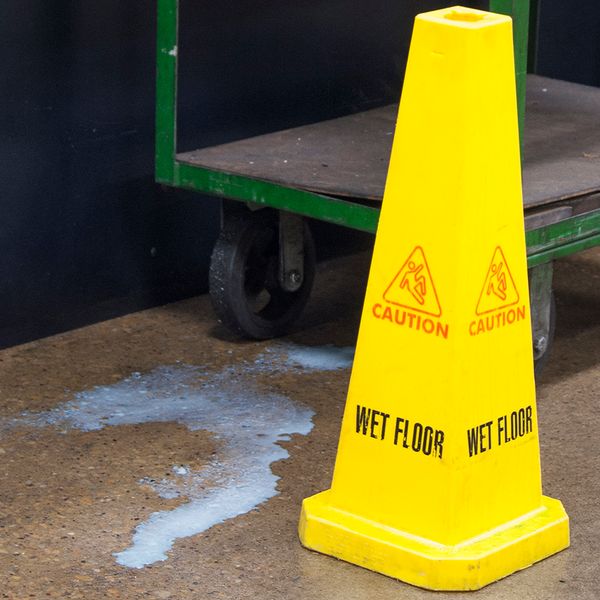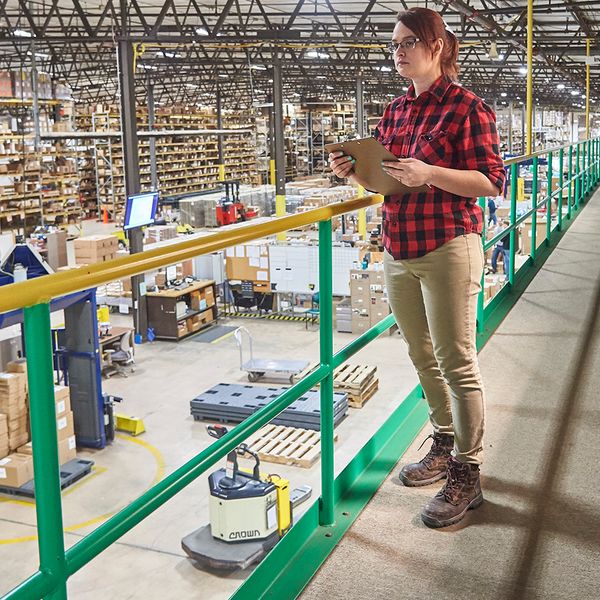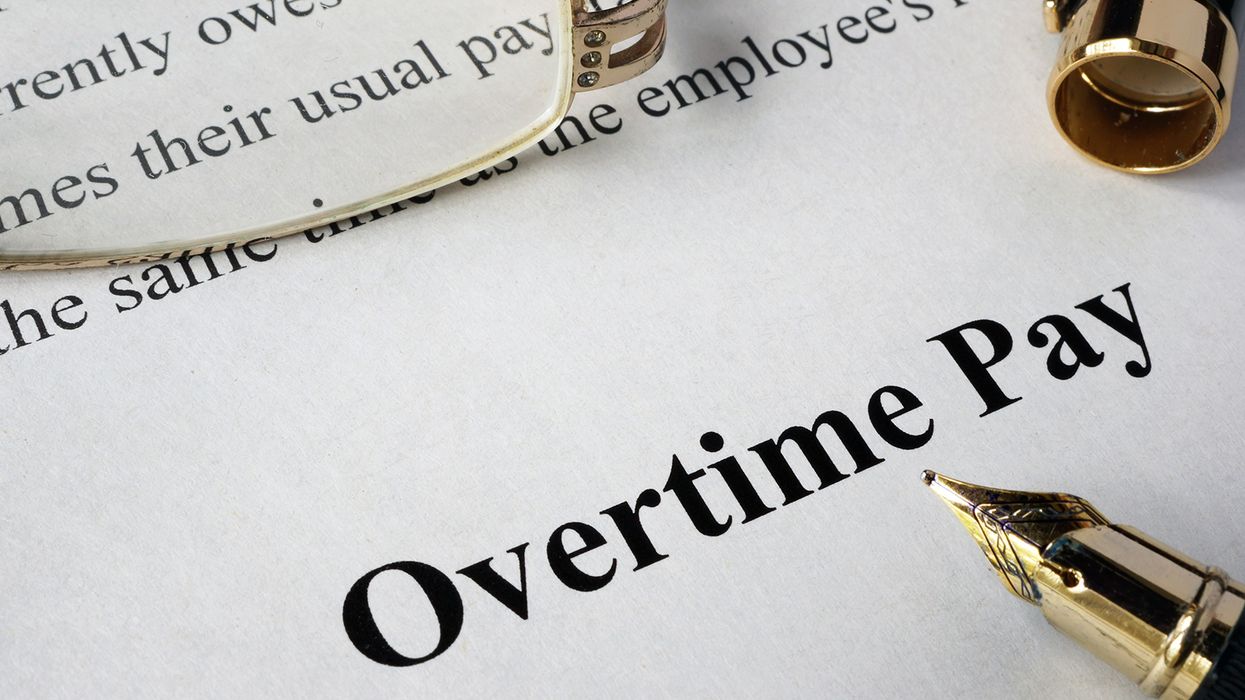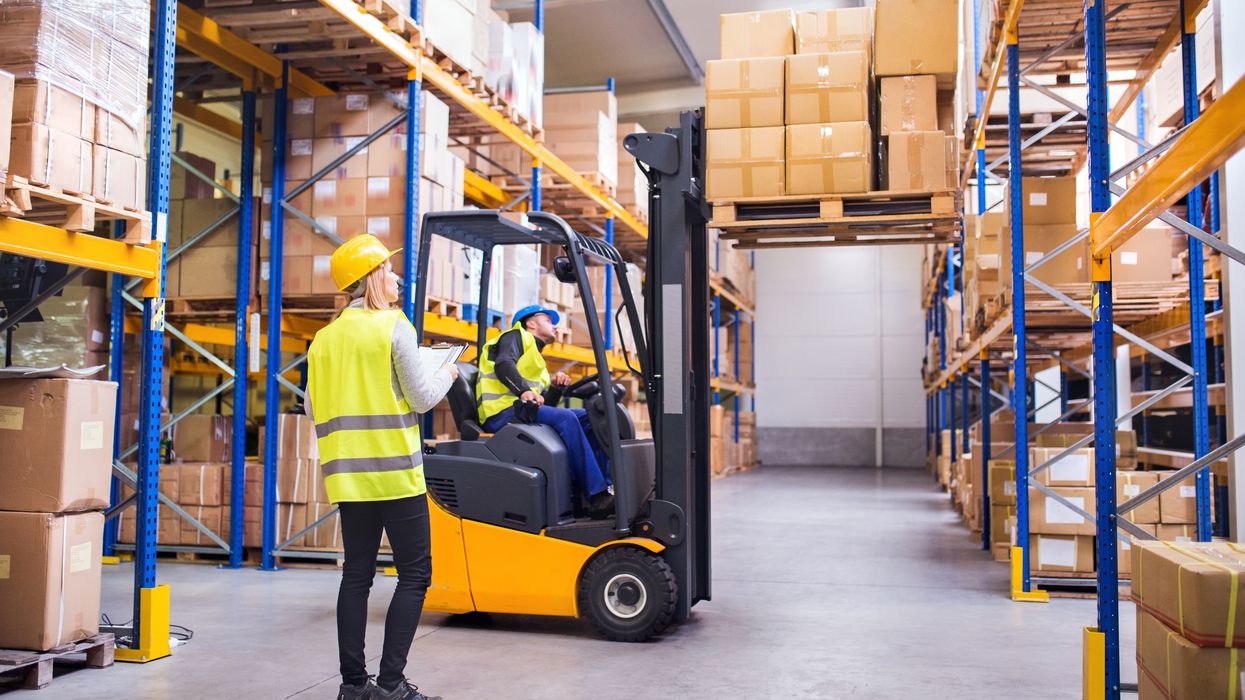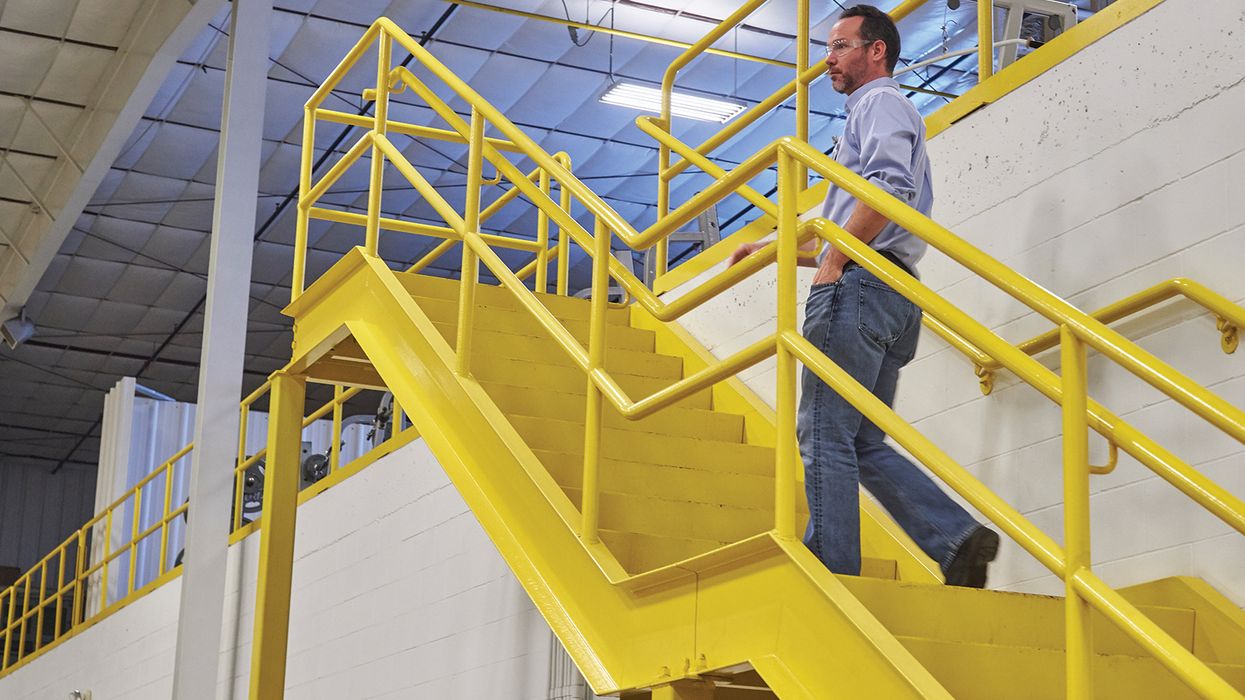Good Housekeeping: Preventing slips, trips, and falls
Slips, trips, and falls are still one of the leading causes of workplace injuries. With over 450,000 non-fatal cases in 2022, it’s a topic that is still worth talking about. What’s the condition of your floors, walkways, and ground surfaces? Have you checked lately?
Good housekeeping is something should always be on everyone’s radar. At all times. It’s a simple practice that helps protect workers and contributes to a safe working environment.
OSHA requirements and housekeeping standards
Several different regulations lay out the requirements for housekeeping, including 1910.22, 1910.141, and 1910.176. In some cases, the regulations specify how to perform the duties or other associated information.
All places of employment, passageways, storerooms, and service rooms must be kept clean and orderly and in a sanitary condition. Employers must also:
- Utilize housekeeping practices to reduce or eliminate the risk of combustible dust explosions.
- Keep floors clean and dry.
- Where wet processes are used, maintain drainage and use false floors, platforms, mats, or other dry standing places where practicable.
- Keep floors free from protruding nails, splinters, holes, or loose boards.
- Keep aisles and passageways clear and in good repair, with no obstruction across or in aisles that could create a hazard.
- Ensure storage is secure and does not create a hazard.
- Keep storage areas free from accumulation of materials that constitute hazards from tripping, fire, explosion, or pest harborage.
- Ensure employees keep food and drinks only in designated storage areas away from toilet rooms and toxic materials.
- Exercise vegetation control when necessary.
The Walking-Working Surfaces rule requires that all general industry employers conduct inspections. Essentially, if an employee uses a surface to walk on, work on, or gain access to an area in the workplace, it must be inspected.
An inspection is intended to identify and correct regulatory violations, reduce hazards, and help promote good relations with workers. Being proactive about finding and fixing hazards can help demonstrate a commitment to providing a safe workplace.
The Occupational Safety and Health Administration (OSHA) requires under 1910.22(d)(1) that inspections of all walking-working surfaces be done “regularly” and “as necessary” to ensure that they are in safe condition for employee use.
The term “regular inspection” means that an employer has some type of schedule, formal or informal, for inspecting walking-working surfaces that is adequate to identify hazards.
OSHA allows employers to determine when and how often these inspections are conducted. Once an employer makes this determination, inspections must be conducted according to that frequency.
Areas of inspection
Be sure to inspect all walking-working surfaces for any hazardous condition that could cause a slip, trip, or fall. These surfaces include (but are not limited to):
- Floors
- Aisles and walkways
- Stairways
- Roofs
- Ladders
- Runways
- Ramps
- Dock boards (dock plates)
- Platforms
- Trailers
- Manholes
Additional benefits of good housekeeping
A few of the benefits of good housekeeping include:
- The conservation of space, equipment, operating materials, time, and effort makes work easier for everyone;
- The protection of product, materials, and personnel results in smaller inventories, fewer accidents, less damaged merchandise, and fewer injury claims;
- Less likelihood of fires; and
- An improvement in employee morale through a clean and orderly workplace which makes it worthwhile to come to work.
Have a question about housekeeping or inspection requirements? Remember, you can always submit your questions through our Expert Help service. Our team of industry experts will respond to your question within 24 business hours.
Key to remember: A cluttered, unkempt workplace lends itself to slips, trips, and falls. Be sure to conduct housekeeping inspections on all walking-working surfaces at your facility on a regular basis.

